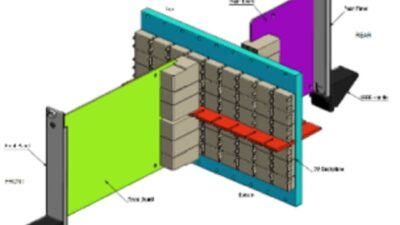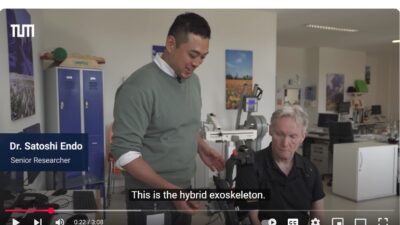There seems to be general agreement in the process industries and in academia that the method of choice today for multivariable control is model predictive control (MPC). The MPC framework successfully handles processes with multiple inputs and outputs where single loop controllers can be ineffective; it also directly deals with constraints (such as saturation) that are problematic with PID con...
There seems to be general agreement in the process industries and in academia that the method of choice today for multivariable control is model predictive control (MPC). The MPC framework successfully handles processes with multiple inputs and outputs where single loop controllers can be ineffective; it also directly deals with constraints (such as saturation) that are problematic with PID controllers.
The theory of MPC is based on solving a quadratic objective function that penalizes tracking error and manipulated variable moves subject to the dynamic model of the process, which is usually based on step tests of the process.
A logical extension of MPC theory would be to use an objective function based on process economics (rather than the quadratic form) to design a multivariable controller for dynamic conditions. However, this goal has eluded academicians and practitioners for more than 30 years. It is, in fact, quite difficult to identify a direct relationship between an economic criterion such as profitability and how controllers are currently designed or operated. Many industrial plants perform real-time selection of steady state operating conditions with linear or nonlinear programming software, using an objective function based on operating income minus expenses. However, to apply this same idea to dynamic changes (disturbance or set point changes) is not straightforward.
It is difficult to relate controllability and profitability because the economic justification of process control is multi-faceted. Process control end-users are driven to:
Deliver a product that meets customer specifications consistently;
Maximize cost benefits of implementing and supporting control and information systems;
Minimize variability in the product;
Meet safety and environmental regulatory requirements;
Maximize asset utilization and operate the plant flexibly;
Improve operating range and reliability of control and information systems; and increase operator’s span of control.
Of the six business drivers listed, the MPC controller can address items 1, 3, and 4 directly through its quadratic objective function and constraint handling, but a quadratic function does not necessarily match the profit function of the plant. Most MPC applications are large-throughput continuous processes in chemical plants and refineries, where the emphasis is on rejecting disturbances to keep product quality on specification.
On the other hand, batch-processing plants may present a better opportunity to connect controllability and profitability. For these plants, it is possible to define an objective function based on cost or profitability that deals with business drivers 1 through 5. It is notable that the concept of optimizing batch dynamic processes such as chemical reactors, using a true indicator of profit such as maximum yield, dates back to the 1960s. Implementing such optimal nonlinear controllers was impractical then due to hardware and software limitations.
It is likely that during the next 20 years there will be an increased emphasis on batch control due to the changing nature of the process industries and more emphasis on nanoprocessing and bioprocessing. In fact, semiconductor manufacturing companies have recently embraced advanced control as a way to maximize profitability for the many batch steps involved in deposition and etching of thin films. Improved process control can be used to maximize yield of chips per wafer, decreased cost of ownership of equipment by minimizing cycle time, and decreased rework resulting from out-of-specification chips. However, lack of suitable in-situ sensors in semiconductor equipment will need to be addressed before a comprehensive control strategy can be devised and implemented.
Author Information
Thomas F. Edgar is a professor in the Department of Chemical Engineering at the University of Texas, Austin.



